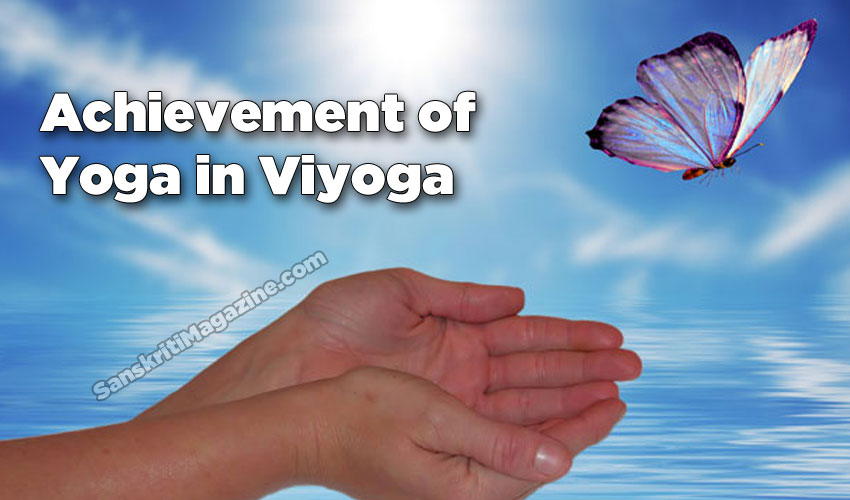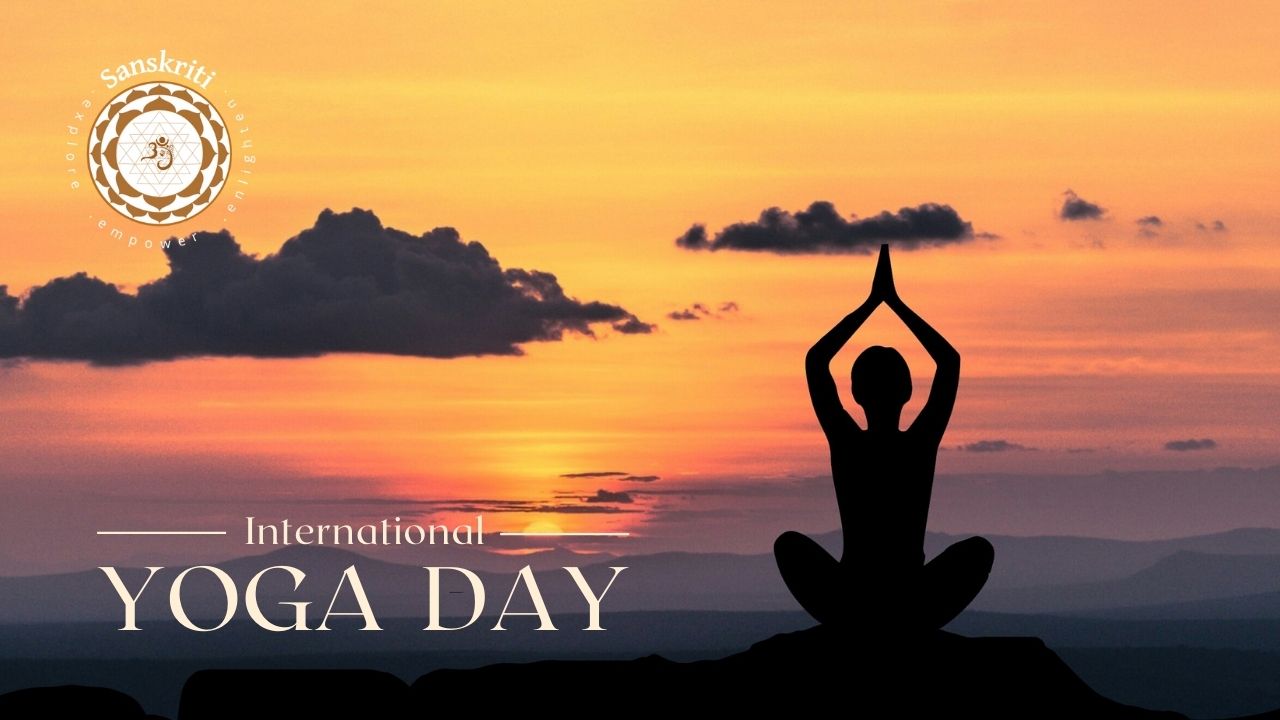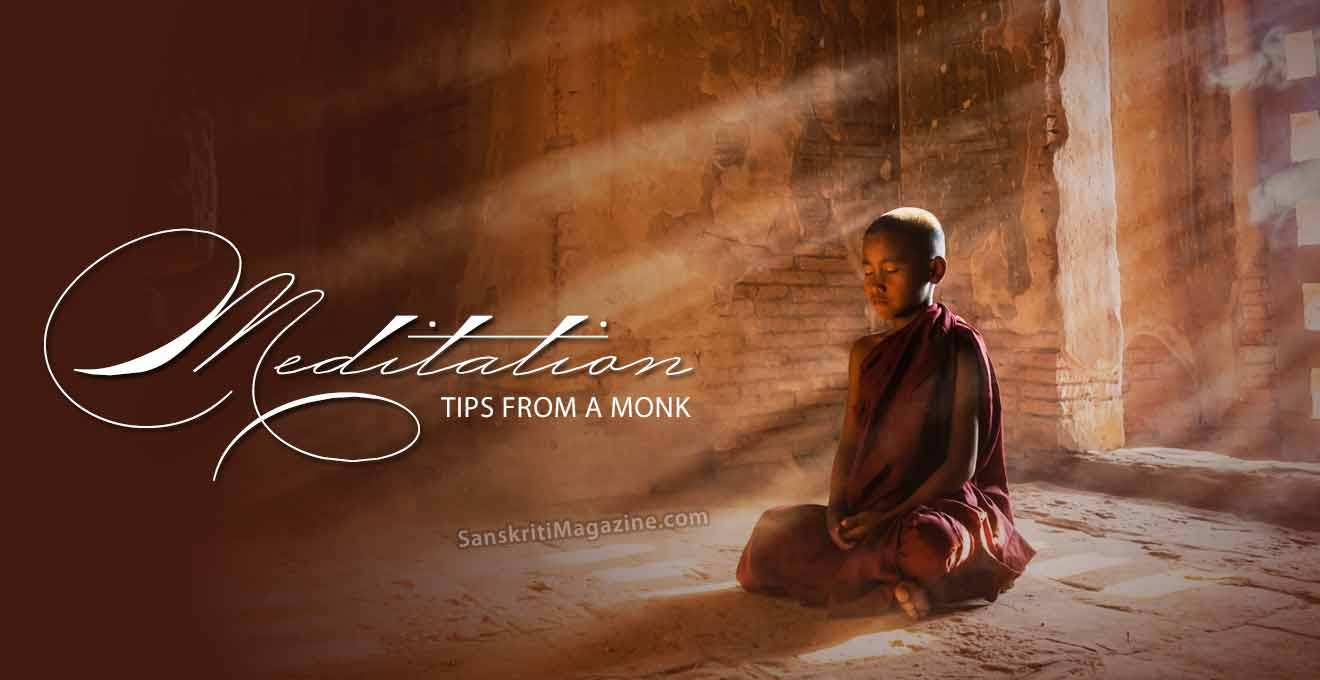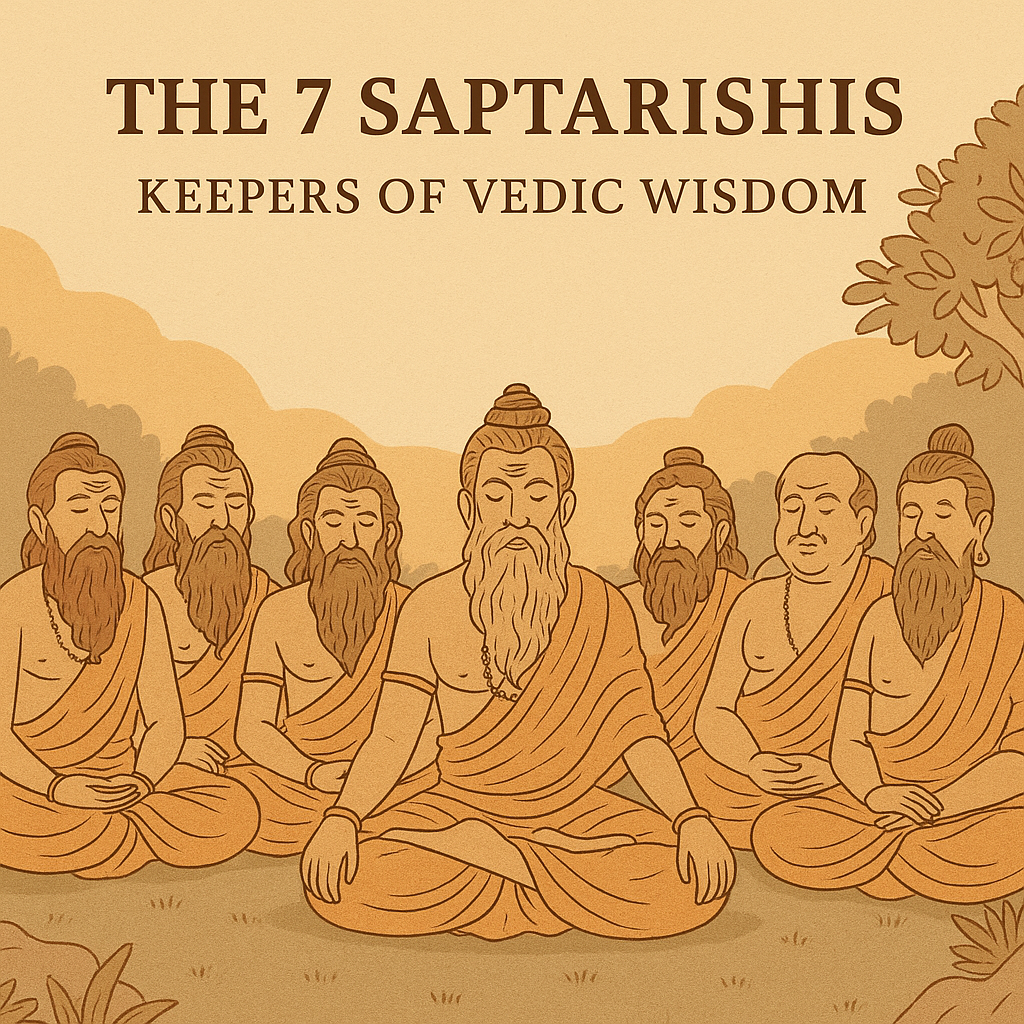If the mind is defeated, the aspirant is the winner; if the mind is the winner, the aspirant is defeated
~ Kabir Das
Attachment to external sensory mental perception and inner experience of any extent or intensity cannot go together. Gurus, saints and seers are not at all ‘involved’ in the external world, though they seem to be extremely ‘engaged’ in it. This they do for the sake of loka sangraha, the welfare of the world.
The real fact remains that yoga and bhoga (craving for pleasure) cannot co-exist; they are poles apart. One is all that is good and glorious in life (shreya), and the other is sensorial, sensual (preya). One is related to sacred sankalpa and samarpan (dedication), while the other is related to dreams and desires. Bhoga implies passionate attachment to worldly objects and people, while yoga begins with the utmost dispassion and non-attachment to them.
If we sincerely wish to dive deep into the inner world, we must develop a vision that looks beyond the mundane sensory and mental perceptions and attractions, and beyond intellectual understanding. So long as the mind remains entangled with the senses and the sense objects, serenity, peace and harmony will continue to elude the aspirant.
Detachment from the senses and sensory objects
To begin with, one has to detach oneself from the limited and limiting adjuncts or ties that bind us to the lower dimensions of our existence. If a spacecraft is to be launched into the higher, wider space, it has to transcend the force of gravity, and the same is true for us also.
Swami Niranjanananda has observed that as the mind is deeply associated with the senses, it is not possible to experience or recognize the mental faculties which have nothing to do with the sensory experiences. In order to go deep into the mental dimension in yoga, there must eventually be a dissociation of the mental perception from the senses. To penetrate into the depths of the mind, contact with the objects must be cut off. When the mind is in contact with the external world, it is not aware of the deeper facets of consciousness. When one is aware of these deeper facets, one does not know the world of the senses.
Once when Swami Satyananda was asked, “Is it possible to realize God in this life?” he quickly replied, “Certainly not. With the present nature of your mind you should not expect to attain anything higher and sublime. The divinity or the light of the spirit cannot reflect itself on the tainted and the impure mind, just as you cannot see your face clearly in a mirror covered with a thick layer of dust.” The spirit cannot shine forth through the impure mind that is under the grip of desires, ambitions and passions. The mind has to be freed and purified, and this means it must be freed from the senses, and the senses must be withdrawn or separated from their objects.
The dissociation or viyoga of mind from the senses and sensory objects is the pre-condition for the realization of the spirit residing in the heart of every being. This means that a particular type of attitude, outlook and approach has to be developed while living in the world. The lotus flower gives a beautiful example. Its roots are in the mud, the body is in water, but the flower itself is blooming with all its colourful beauty and grandeur in the bright, effulgent sunlight. A drop of water immediately slips off a lotus petal, and the lotus remains unaffected by it.
Therefore, always perform actions without attachment, for by performing actions without attachment, one attains the Supreme.
~ Bhagavad Gita, (3:19)
Yoga is viyoga
Swami Satyananda has said, “It is usually argued that yoga is union, but it must be remembered that it is disunion first. It is the process of avoiding the conjunction between purusha and prakriti. Patanjali emphasizes the fact that yoga is viyoga, disunion, disjunction. So Patanjali has really explained yoga in terms of viyoga, and we must understand it properly. The point is simple. With the practice of different aspects of yoga step by step, impurities of the personality are destroyed, resulting in spiritual illumination. This further results in true, deeper awareness of reality. With this awareness of reality, avidya and prakriti both disappear. In this sense, therefore, yoga is not joining, yoga is disjoining or viyoga. We have to transcend the realm of prakriti, only then can purusha be realized completely. Then there is no bhoga, i.e. objective awareness, because avidya is finished.”
The statement ‘viyoga is yoga’ is valid in the yoga, Samkhya, vedic and even tantric perspectives. The drashta (seer) of yoga has to separate itself from the drishya (seen) to overcome the kleshas (afflictions) and establish itself in its own sublime, pure form. The purusha of Samkhya has to realize that it is separate from the realm of the mind, senses, tattwas (elements) and tanmatras (subtle elements). Only by overcoming the false identification with these elements can it really know itself in its true, pure form and attain liberation, kaivalya. In tantra, the pashu, or person living at the lower instinctive level, is none other than Shiva, but until pasha, the bondage of maya, is removed and transcended, the Shiva within cannot be realized. Similarly, the pure atma of Vedanta has become jivatma, an embodied soul, on account of its very intimate association with the unreal adjuncts of maya. Only by separating itself from these elements can it realize itself as the pure, luminous, self-effulgent atma. Thus, viyoga is the prerequisite for the attainment of yoga.
The final aim of yoga, in fact, is nothing but the total destruction or dissolution of the patterns of the manifestation of consciousness. The mind or consciousness has to be divested of all its forms so that the consciousness alone remains nameless and formless. And this is the aim of yoga. Anything that is of the nature of mind must be finished with.
What is viyoga?
The viyoga that has been discussed so far is nothing more than the final stage of pratyahara in Patanjali’s Yoga Sutras, the culmination of the external yogic practices (bahiranga). The senses have been withdrawn completely from their respective objects, and the mind is no longer running after them. Many people think this will make life tasteless and joyless, but in fact it is just the opposite. Sensory pleasures are so temporary that they leave behind a long trail of dissatisfaction, dejection, and frustration. Mastery over the senses, on the other hand, generates confidence, courage, and conviction. This makes the onward yogic spiritual journey much easier.
We should not assume that the inner self realizes its own real nature or form (swaroopa) immediately after the attainment of viyoga. Viyoga is the foundation and launching pad to progress further on the journey that will finally lead to the ultimate goal of yoga.
Viyoga can be compared with a hillock at the top of which is a very solid plain rock. The sadhaka is standing on this solid rock with great confidence, sublime inner aspiration and enthusiasm, and highly motivating inspiration. He has become free of the entanglements of preyas, and all his illusions, delusions and confusion are torn asunder. His goal is now clear and he is ready to undertake the next stage of his divine journey. He is just waiting for a green signal from the guru. Why? Because he does not know the directions to take on the spiritual highway, or its turns, ups and downs or the road blocks that he will have to encounter. The guru will teach and train him to face and manage all these problems of the journey successfully. The guru will also provide him with the necessary tools and techniques to enable him to undertake the long, arduous, and hazardous journey safely. The guru will continue to guide him as he has done throughout his whole spiritual voyage.
Redirecting attachment to the self in all
Ramana Maharshi once said, “You are the self, remain as the self; that is all. The questions arise because of the present wrong identification of the self with the body; this is ignorance, this must go, and on its removal, the self alone is.” (V. Ganesan, Direct Teachings of Bhagavan Ramana, Tiruvannamalai, Sri Ramanashramam, 2003, p 36.)
In Sundara Kanda of Ramacharitamanas, Sri Rama says to Vibhishana: “The ties of infatuation that bind a person to mother, father, brother, son, wife, husband, body, wealth, house, friends and relations are like so many threads that a pious person gathers up and twists into a rope with which he binds his mind to my feet. Such a pious person abides in my heart just as wealth resides in the heart of a greedy person.” Lord Krishna says in the Bhagavad Gita, “Fix your mind on Me, be devoted to Me, sacrifice for Me, bow down to Me. You shall come, surely then, to Me, truly do I promise to you, for you are dear to Me.” (15:65)
Realization of the divine demands unconditional, total surrender. The aspirant has to think of Him alone, work for Him alone, be devoted to Him alone and consider Him to be his redeemer and the last, the greatest, and the supreme refuge. This surrender is not possible without total disconnection from the sensorial and sensual world of dreams and desires. We have to understand that ordinary consciousness and transcendental consciousness cannot co-exist. It is necessary to pass through an intermediate zone of change, where perceptions, feelings, and experiences undergo a transformation. Swami Niranjanananda has emphasized the need to expand the horizons of attachment that ultimately helps to develop the vision of equanimity in life.
Conclusion
The phenomenal world is transitory, ever changing, relative and made of dualities: day and night, right and wrong, just and unjust, happiness and sorrow, pleasure and pain, gain and loss, victory and defeat, etc. It is essential to understand and accept these relative truths of life, so that they can be transcended and the journey to explore the real truth can begin.
At present the atman or soul, the real truth of existence, is enmeshed with the mind, senses and worldly objects, and this union is the cause of bondage and sufferings. The material, mental and emotional ties with the world have to be untied. Viyoga is an essential pre-condition for the attainment of the ultimate state of yoga. When the atma is disunited from the mind, senses and worldly objects it is united with the paramatma. This union brings about liberation. With this union, all pain and suffering ends, and eternal, absolute peace, joy, bliss, purity, luminosity and equanimity are attained.
~ Swami Gyanbhikshu Saraswati











